

Industry Information 2024-01-04
The natural rocks commonly used for producing machine-made sand can be divided into three types: the first type is magmatic rock (Igneous rock), which is generally hard and uniform and formed by magma eruption; The second type is Sedimentary rock (water rock), which is formed by a series of geological processes such as weathering, transportation, sedimentation and diagenesis. Its characteristics are generally layered distribution structure and similar properties at the same time; The third type is Metamorphic rock, which is formed after metamorphic mixing on the basis of existing rocks, and has the characteristics of both the above rocks and its own.
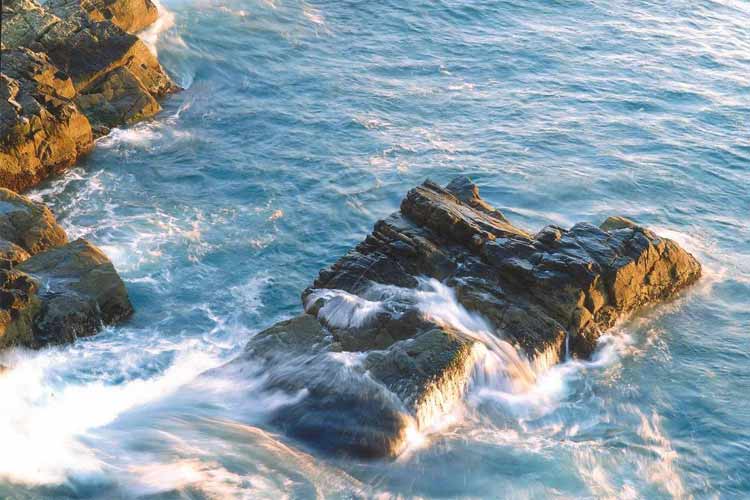
In long-term practice, we have realized that some rocks are not easily broken, while others are difficult to break. Rocks that are difficult to break are generally difficult to drill and blast, and their hardness is generally relatively high, which can be summarized as being relatively strong.
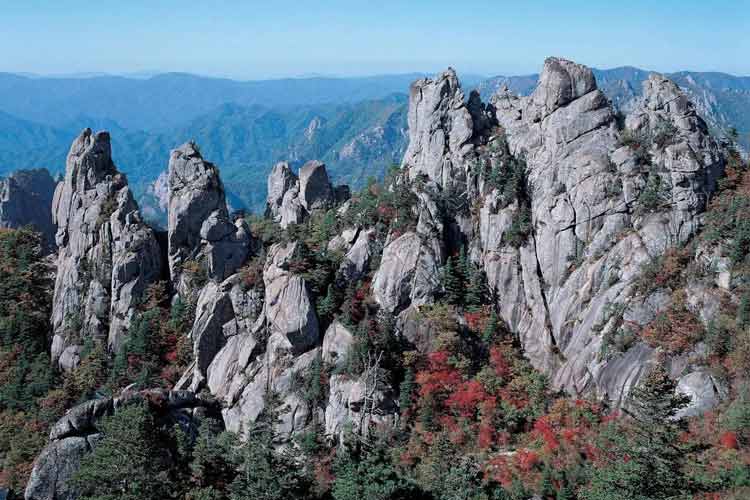
Therefore, people use the concept of rock firmness to represent the difficulty of rock fragmentation. The strength is represented by the strength coefficient, also known as the hardness coefficient or the Proctor hardness coefficient f value.
Ruggedness coefficient f=R/100 (R unit: kg/cm2)
In the formula, R - is the unidirectional ultimate compressive strength value of the rock standard sample
The commonly used Proctor rock classification method is based on the solidity coefficient for rock classification.
For example:
① Extremely solid rock f=15~20 (solid granite, limestone, Quartzite, etc.)
② Hard rock f=8 10 (such as weak granite, strong sandstone, etc.)
③ Moderately strong rock f=4 6 (such as ordinary sandstone, iron ore, etc.)
④ Unstable rock f=0.3 (such as loess, only 0.3)
The solidity of mineral rocks is also a property that resists external forces, but it is different from the strength of mineral rocks in two different concepts. Strength refers to the ability of mineral rocks to resist unidirectional actions such as compression, tension, bending, and shear, while the external forces that solidity resists are a comprehensive external force.
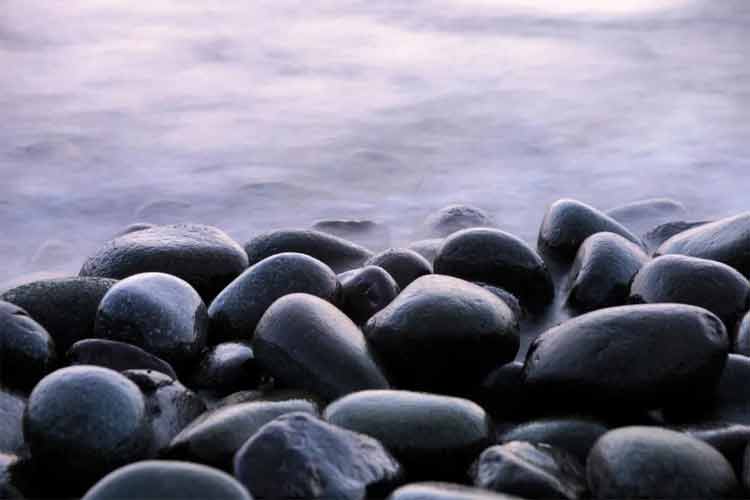
With the national ban and restriction on river sand mining, as well as the strong support and promotion of national policies, machine made sand has become a new trend in the current demand for sand. What stone raw materials can be used to produce sand? The stone raw materials commonly used for producing machine made sand include pebbles, limestone, granite, basalt, etc. So what is their hardness? What are their respective characteristics?
1、 Cobblestone

Meaning: The lovely round pebbles are finally formed by natural forces such as Diastrophism, shock and weathering, mountain torrents, water transportation and repeated rolling friction between sand and gravel.
Hardness: It belongs to hard rock, and its Proctor hardness level is generally 2-3, with a hardness coefficient of f=10-15
Characteristics: It is a common high-quality sand making raw material, and is the best choice to replace natural sand in terms of strength, particle size, and color.
Recommended equipment for making cobblestone sand: crawler mobile jaw crushing station+crawler mobile cone crushing station+crawler mobile screening station
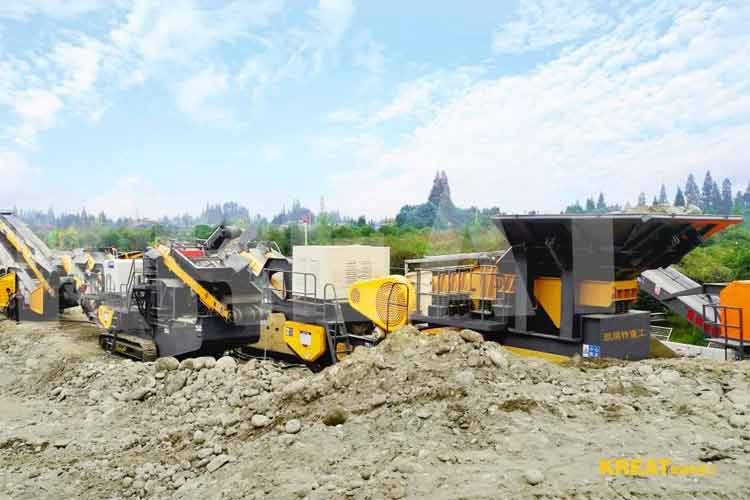
2、 Limestone

Meaning: The limestone commonly used for producing machine-made sand belongs to Carbonate rock, and its main component is Calcite. It is generally gray, gray white, gray black, etc.
Hardness: Limestone is divided into two types: relatively strong and relatively soft limestone
① The Proctor hardness level of relatively sturdy limestone is generally 4-5, with a hardness coefficient of f=4-6;
② The Proctor hardness level of relatively soft limestone is generally level 6, with a hardness coefficient of f=2.
Features:
Limestone generally contains some dolomite and Clay mineral. When the content of Clay mineral reaches 25%~50%, it is called argillaceous rock. When the content of dolomite reaches 25%~50%, it is called dolomitic limestone. Limestone is widely distributed and has uniform lithology, making it easy to mine and process. It is a widely used building material.
Recommended equipment for sand making:
Crawler mobile impact crushing station+crawler mobile screening station
Crawler mobile hammer crushing station+crawler mobile screening station

3、 Granite
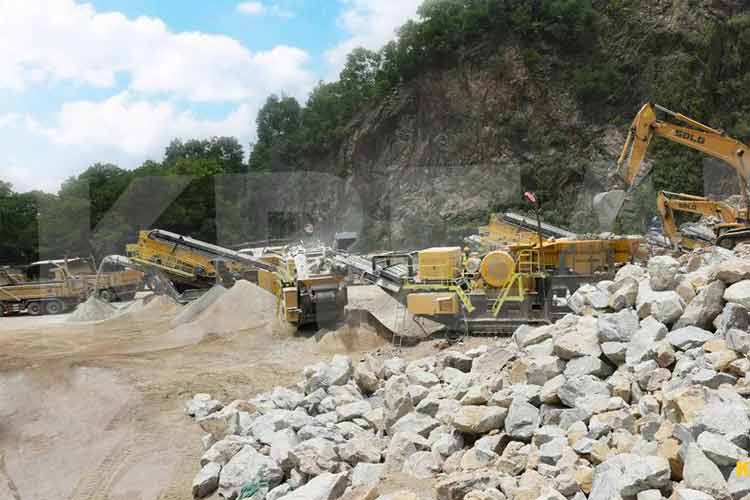
Meaning: The main component of Continental crust is a kind of magmatic rock formed by magma condensation below the surface, which belongs to deep intrusive rock. Mainly composed of minerals such as quartz or feldspar. It is usually yellow with pink, and there are also gray white ones.
Hardness: Granite is the most common raw material for sand making, belonging to hard rock. Its Proctor hardness level is generally 2-3, and the hardness coefficient is f=10-15.
Characteristics: Granite has a hard and dense texture, high strength, resistance to weathering, corrosion, wear resistance, low water absorption, and good stability. The machine made sand obtained from granite crushing can meet the standards of natural sand in strength and particle size. After being made of granite, it is widely used in bridges, buildings, embankments, and pavement.
Recommended equipment for sand making:
Crawler mobile jaw crushing station+Crawler mobile cone crushing station+Crawler mobile screening station
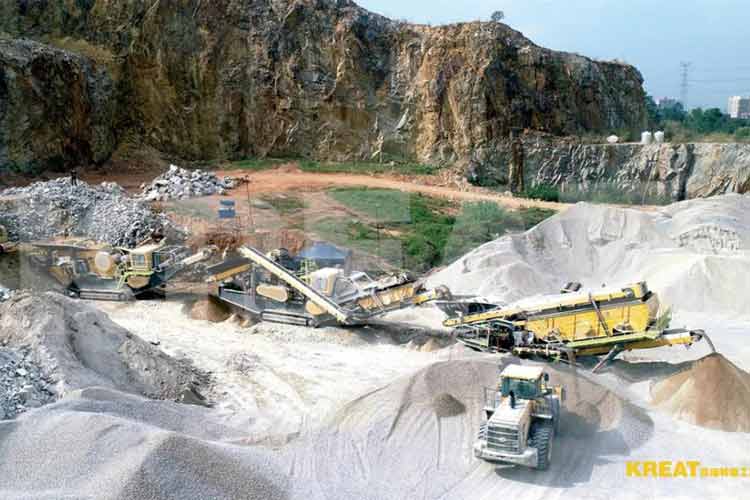
4、 Basalt
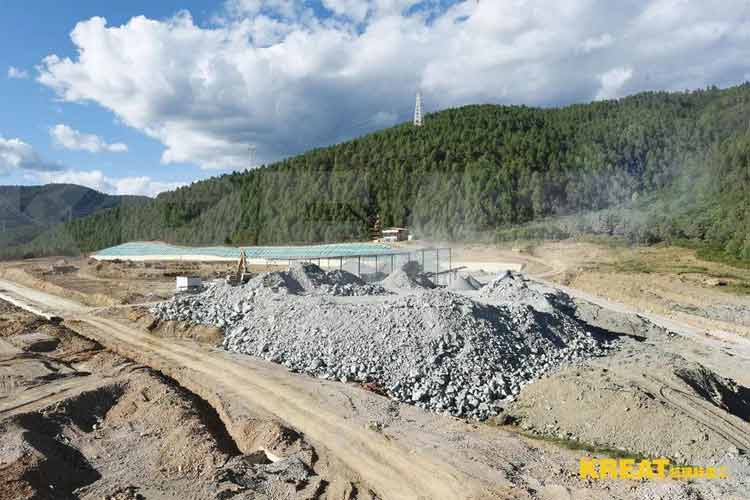
Meaning: Basalt is a kind of basic Volcanic rock, which is a kind of compact or foam structure rock formed by the magma from the volcano after cooling on the surface. It belongs to magmatic rock. Its rock structure often exhibits stomatal, almond like, and porphyritic structures, sometimes with large mineral crystals. Unweathered basalt is mainly black and gray, and there are also black brown, dark purple, and grayish green.
Hardness: The Proctor hardness level of basalt is generally level 1, with a hardness coefficient of f=20.
Characteristics: The commonly used stone material for producing machine made sand, basalt, has high durability and many joints, and the joint surfaces are mostly hexagonal. The volume density of basalt is 2.8-3.3g/cm ³, The compact structure has a high compressive strength, which can reach 300MPa or even higher. However, if there are crystal impurities and pores, the strength will be reduced, making it the strongest sand making material.
Recommended equipment for sand making:
Crawler mobile jaw crushing station+Crawler mobile cone crushing station+Crawler mobile screening station

